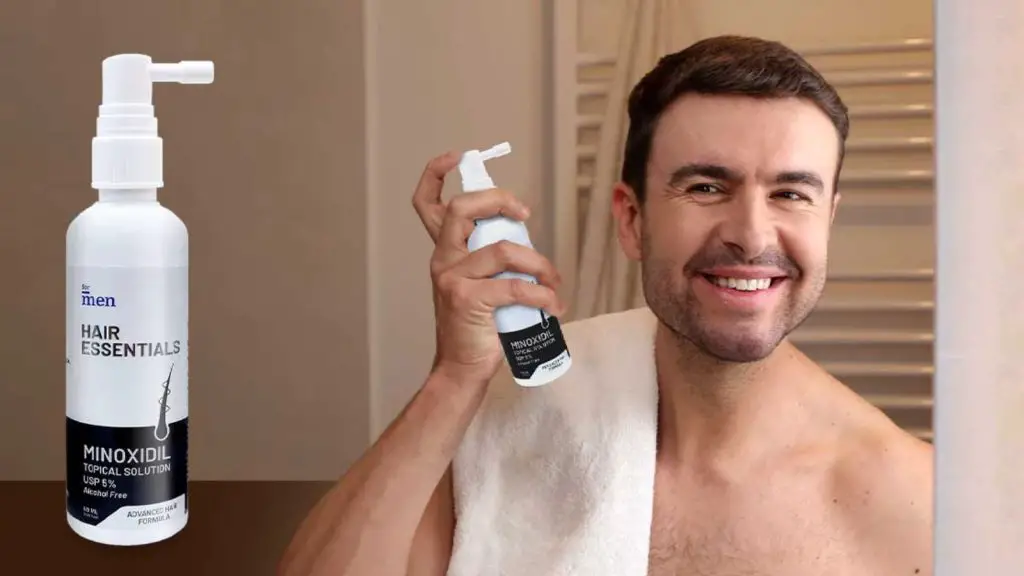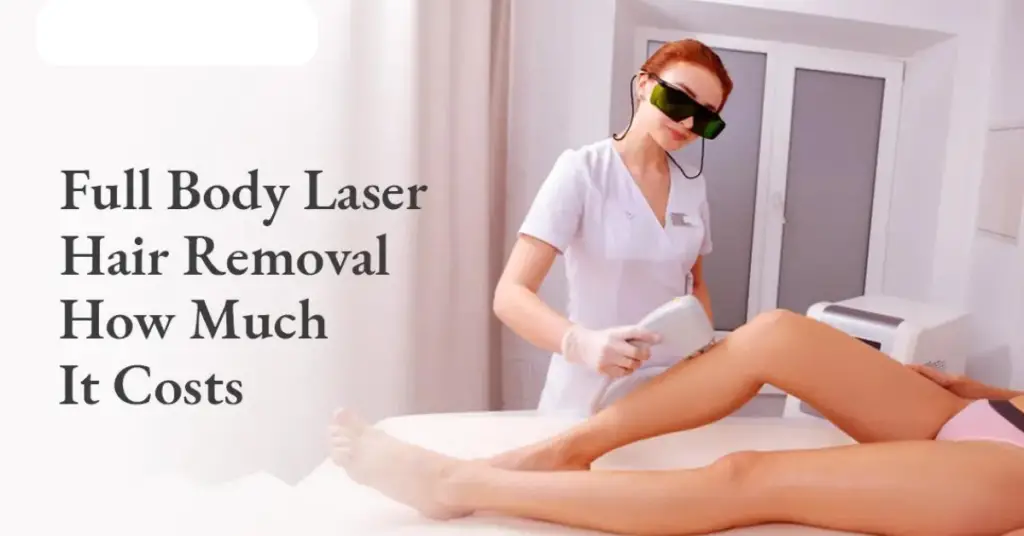Maintaining healthy and vibrant hair is a key concern for many individuals. Hair loss, whether due to age, genetics, or other factors, can significantly impact one’s self-esteem and overall confidence. Fortunately, there are various treatments available to address hair loss and promote hair regrowth. One such treatment is Minoxidil, a medication that has gained popularity for its effectiveness in stimulating hair growth.
In this comprehensive guide, we will delve into the world of Minoxidil and its role in promoting hair growth. From understanding how Minoxidil works to practical tips on its application, we aim to provide you with all the information you need to know about using Minoxidil for hair growth. Let’s explore the wonders of Minoxidil and how it can help you achieve healthier, fuller hair.
What is Minoxidil?
Minoxidil is a medication that is primarily used to stimulate hair growth. Originally developed as an oral medication for treating high blood pressure, Minoxidil was found to have the side effect of promoting hair growth. It is now commonly used as a topical treatment for androgenetic alopecia, or male and female pattern baldness.
Minoxidil is available over-the-counter in liquid or foam form and is typically applied directly to the scalp. It works by widening the blood vessels in the scalp, which increases blood flow and nutrient delivery to the hair follicles. This, in turn, stimulates hair growth and prolongs the growth phase of the hair cycle.
Benefits of using Minoxidil for hair growth include:
Stimulates Hair Follicles
Minoxidil’s vasodilating effects improve blood flow to the scalp, promoting hair follicle health and function.
Prolongs Anagen Phase
By prolonging the anagen (growth) phase of the hair cycle, Minoxidil helps maintain thicker, fuller hair.
Revives Dormant Follicles
Minoxidil can awaken dormant hair follicles, leading to the regrowth of hair in previously bald areas.
Easy to Use
Available as a topical solution or foam, Minoxidil is easy to apply and integrate into your daily routine.
Minoxidil is generally safe and well-tolerated, but like any medication, it may cause side effects in some individuals. It’s important to use Minoxidil as directed and consult with a healthcare professional before starting treatment.
How to Use Minoxidil
Using Minoxidil correctly is key to its effectiveness. Follow these steps to ensure you are applying Minoxidil properly:
Choose the Right Formulation
Minoxidil is available in liquid and foam formulations. Select the one that best suits your needs and preferences.
Prepare Your Scalp

Before applying Minoxidil, ensure your scalp is clean and dry. If you use other hair products, apply them first and wait for them to dry before using Minoxidil.
Apply Minoxidil to the Affected Areas
Using the dropper or pump applicator, apply the recommended amount of Minoxidil to the areas of your scalp where hair loss is occurring.
Massage Into Scalp
Gently massage the Minoxidil into your scalp using your fingertips. This helps distribute the medication evenly and improves absorption.
Allow to Dry
Allow the Minoxidil to dry completely before styling your hair or using other hair products.
Use as Directed
Follow the instructions on the product label or as directed by your healthcare provider. Do not exceed the recommended dosage.
Be Consistent
To see the best results, use Minoxidil consistently as part of your daily routine. It may take several months to see visible results, so patience is key.
Minoxidil is most effective when used regularly and as directed. It’s important to continue using Minoxidil even if you do not see immediate results, as hair growth takes time.
Potential Side Effects
While Minoxidil is generally considered safe for most users, it can cause side effects in some individuals. It’s important to be aware of these potential side effects and to consult with a healthcare professional if you experience any adverse reactions. Common side effects of Minoxidil may include:
Scalp Irritation
Some users may experience itching, dryness, or redness at the application site. This is usually mild and resolves on its own.
Unwanted Hair Growth
In some cases, Minoxidil may stimulate the growth of fine facial hair in women or other areas where the medication is accidentally applied.
Dizziness or Lightheadedness
This is more common with the oral form of Minoxidil and is usually temporary.
Heart Palpitations
Some individuals may experience a rapid or irregular heartbeat. If this occurs, stop using Minoxidil and seek medical attention.
Swelling of the Hands or Feet

In rare cases, Minoxidil may cause fluid retention, leading to swelling in the extremities.
Allergic Reactions
Although rare, some individuals may be allergic to Minoxidil and may experience symptoms such as rash, hives, or difficulty breathing. Seek immediate medical attention if you experience any signs of an allergic reaction.
It’s important to follow the recommended dosage and application instructions when using Minoxidil to minimize the risk of side effects. If you experience any persistent or severe side effects, discontinue use and consult with a healthcare professional.
Results and Expectations
Using Minoxidil for hair growth can yield positive results for many individuals, but it’s important to have realistic expectations and understand the potential outcomes. Results may vary depending on various factors, including the extent of hair loss, individual response to the medication, and adherence to the treatment regimen.
Timeline for Results:
Initial Growth
Some users may experience initial hair growth within a few months of starting Minoxidil treatment. This growth may be subtle and may not be noticeable to others.
Visible Improvement
Visible improvement in hair density and thickness may be seen after six months to one year of consistent use. It’s important to continue using Minoxidil as directed to maintain these results.
Full Results
Full results, including maximum hair regrowth, may take up to two years of continuous use. Some individuals may continue to see improvements beyond this timeframe.
Success Stories and Testimonials:
Many individuals have reported success with using Minoxidil for hair growth. RealSelf and other forums are great resources for reading about others’ experiences with Minoxidil. However, it’s important to remember that results can vary, and not everyone will experience the same level of success.
Maintenance:
To maintain the results achieved with Minoxidil, it’s important to continue using the medication as directed. Discontinuing use may result in the gradual loss of any hair regrowth achieved with the treatment.
Other Considerations
Using Minoxidil for Different Types of Hair Loss:
Minoxidil is most commonly used to treat androgenetic alopecia, or male and female pattern baldness. However, it may also be effective in treating other types of hair loss, such as alopecia areata or telogen effluvium. WebMD provides information on the use of Minoxidil for different types of hair loss.
Combining Minoxidil with Other Hair Growth Treatments:
Some individuals may choose to combine Minoxidil with other hair growth treatments, such as finasteride, for enhanced results. It’s important to consult with a healthcare professional before combining treatments to ensure safety and efficacy.
How to Maintain Hair Growth After Using Minoxidil:
To maintain the hair growth achieved with Minoxidil, it’s important to continue using the medication as directed. Additionally, adopting a healthy lifestyle, including a balanced diet and regular exercise, can help promote overall hair health.
Conclusion
Minoxidil is a popular and effective treatment for promoting hair growth in individuals experiencing hair loss. By widening blood vessels in the scalp and increasing blood flow to the hair follicles, Minoxidil stimulates hair growth and prolongs the growth phase of the hair cycle.
While Minoxidil can yield positive results for many users, it’s important to have realistic expectations and understand that results may vary. Consistent use of Minoxidil as directed is key to achieving and maintaining hair regrowth.
If you’re experiencing hair loss and considering Minoxidil as a treatment option, consult with a healthcare professional to determine if it’s right for you. They can provide personalized advice based on your individual needs and help you create a treatment plan that works for you.
Don’t let hair loss hold you back. Try Minoxidil today and take the first step towards healthier, fuller hair.
Discover how to care for hair in our related articles below
Topical Hair Growth Treatments: A Comprehensive Guide
Unlock Healthy Hair: The Power of Hair Growth Conditioners
DIY Leave-In Conditioner Recipes: Nourish Your Hair Naturally


